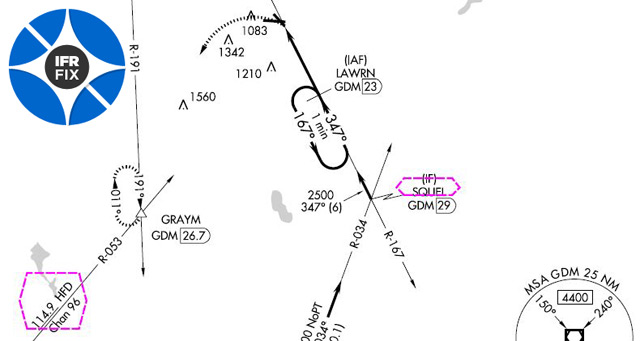
Was the departure controller exasperated, or just resigned to certain pilot lapses? His tone of voice betrayed nothing as he calmly instructed the pilot who had just become airborne to “check the Oscar November switch” on the transponder.”
Who among instrument pilots has not left that switch “Oscar Foxtrot Foxtrot” on occasion, or departed on yesterday’s code? A reminder—or a reprimand—is sure to follow, and in either case the effects usually last a while.
Since last year the reminders are coming earlier than before. After years of instructors explaining sagaciously to their students why the transponder should remain on standby until takeoff, the Aeronautical Information Manual now advises pilots to squawk before taxiing.
Squawk what code? The question prompted lively discussion in the AOPA Aviation Forum when a pilot reasoned that the logical assumption—1200—might not apply to an IFR flight that has not yet received its transponder code.
Good example of how you can see who’s up on things and who isn’t. Another, for those who pride themselves on their knowledge of IFR’s M- altitudes (MEA, MOCA, MRA, MSA, etc.), is new language describing the minimum turning altitude (MTA). AIM paragraph 5-3-7, introduced last February, explains to pilots that “the published minimum enroute altitude (MEA) may not be sufficient for obstacle clearance when a turn is required over a fix, NAVAID, or waypoint,” and that they need to use MTAs when indicated.
For instrument approach procedures, changes may be found in notices to airman, published change notices at the midpoint of chart cycles, or by checking the amendment number and date of an IAP—but that method may require a very close examination.
If you are accustomed to flying the VOR/DME RWY 33 approach to Worcester Regional Airport in Massachusetts via the Putnam VOR 034-degree radial to WUTUG, a clearance to SQUEL might strike you as erroneous.
WUTUG was Worcester’s waypoint until “Amdt 1” became “Amdt 1A” on Oct. 18. (That could be big news at 120 knots.)
If you had checked the IAP online using a compare function, clicking the link would bring up the IAP valid from Oct. 18 to Nov. 15 and the preceding version, with differences circled.
Aside from swapping WUTUG for SQUEL, what else changed in the circled areas? Tell us what you find.



